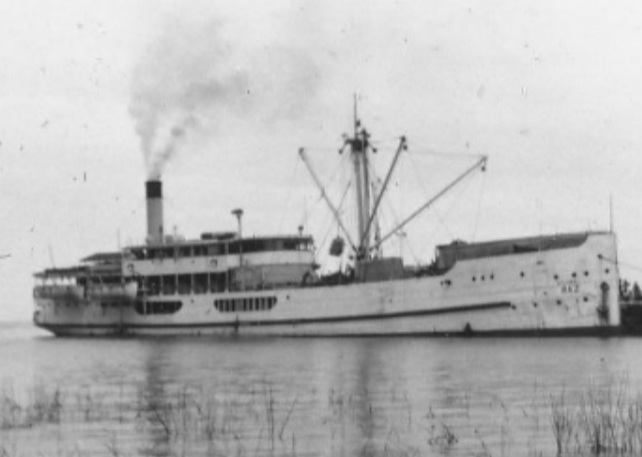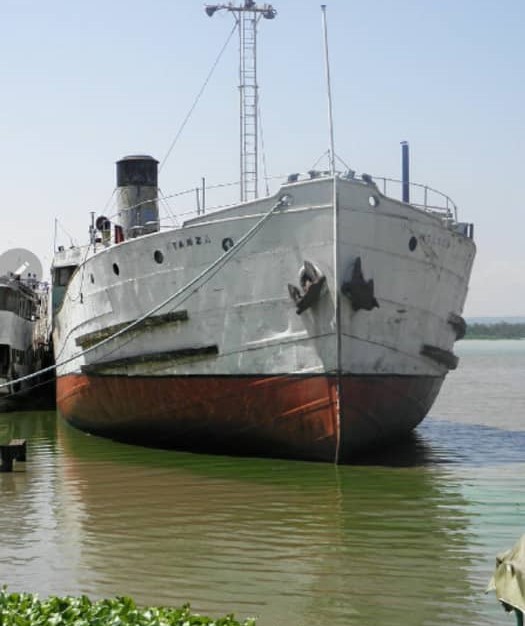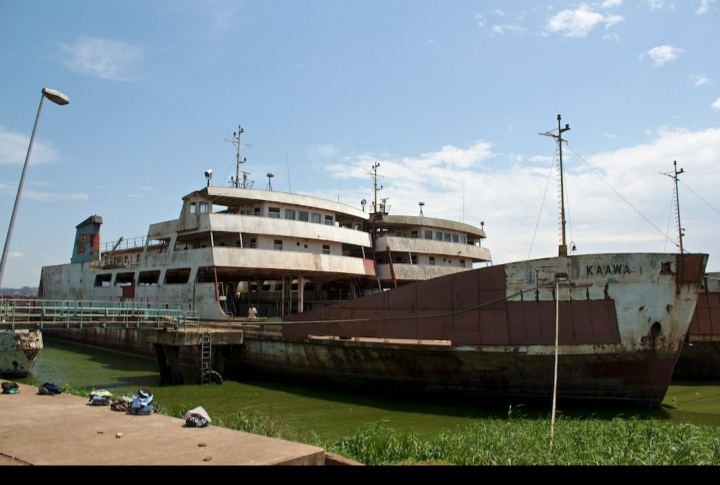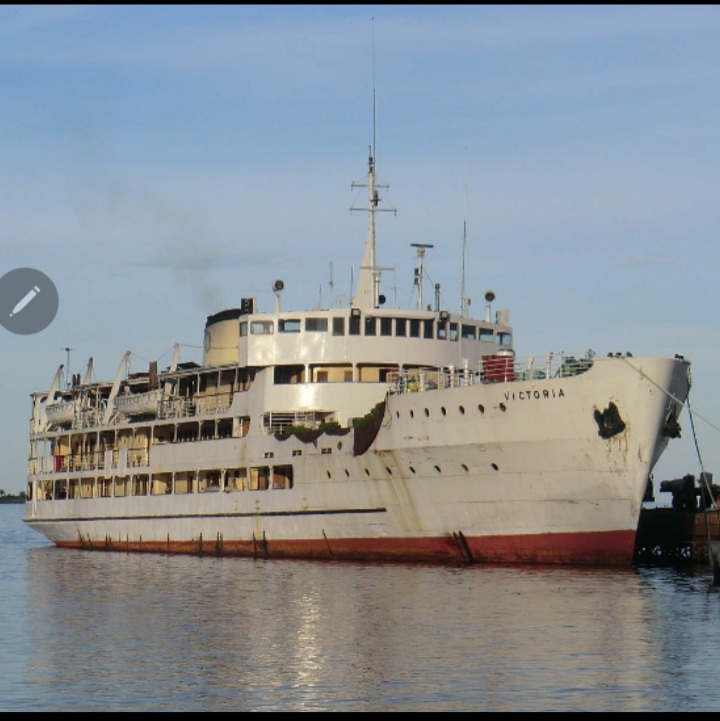This photograph[i] of SS Usoga spoke a thousand words to me and took me on a virtual journey down the memory lane of my childhood which prompted me to write this article. Today’s youngsters may not be having the slightest idea of how the primary mode of travel was on Lake Victoria some 70 years ago.

All ships which were plying then were steamers: A few of which were prominent than most; Usoga, Rusinga, Nyanza, Sybil and Kawwa.
The first two were twin sister ships. Both were launched on the lake in the year 1900 after being manufactured in the UK and reassembled in the Kisumu dock yard. During WW1 they used to ply as troop ships. After the war ended in 1918 the Germans had to surrender Tanganyika to Britain and the ships were tasked to ply passengers around the lake. The route for Usoga was anti clockwise while Rusinga was clockwise. They both took seven days to complete one round of the lake docking at the seven key ports; Mwanza, Musoma, Kisumu, Port Bell, Entebbe, Jinja and Bukoba. They met every Sunday at 2 PM on the Musoma pier. Usoga used to give way to her sister Rusinga while leaving for Kisumu. Rusinga’s time to leave Musoma was in the evening at 6, to reach Mwanza on Monday sharp at 8 AM.
Besides these 2 ships the SS Nyanza and SS Sybil also plied carrying cargo and passengers. SS Nyanza could also be used to substitute one of the other ships during their periodical service. The SS Kaawa was a wagon ferry.


The year 1959 was when RMS Victoria was introduced on the lake, and she brought some changes resulting in the sister ships being discontinued from services. The RMS Victoria had a capacity of 1200 passengers and was double the speed of the former ships. She used to complete two trips round the lake in one week. After the independence of the three East African countries, then in the Community, the title of the vessel was changed to MV Victoria.

Those were the days when punctuality was the order of the day. The services were regular not only in travel, but also in all public sectors including the Postal Service. A recipient in Mwanza could rest with confidence that he’d be getting his package from Dar es Salaam within two days. Any item posted in Nairobi for Mwanza on Saturday, was sure to reach its destination on Monday morning and that also by ordinary post.
Transport over the Lake was in fact a blessing for the residents living around it. Besides the convenience, there was a sense of enjoyment, and, if you were to travel in first class, exclusive luxury. Cabins were spacious and carpeted with two beds facing each other and included a wash basin. If you were to dig a little more into your pocket you could enjoy a sumptuous four-course lunch and dinner. One could enjoy his drink and relax in the fresh air in the open at the stern of the ship. This area was also used for ball room dancing with soft music on Saturday nights.
Many also preferred traveling in third class, especially if they were in a group. The reason for this was that the authorities of East African Railways and Harbours Corporation (EAR&H) were very strict in issuing only limited numbers of tickets, so that the passengers could get enough room to sleep comfortably on the wooden deck and there was sufficient social distancing. The top of the deck was covered by a tarpaulin which was like a huge tent and the passengers used to carry their own bedding and food with them. It was like a picnic on the lake.
The East African Community led to free trade within the three countries. Nairobi was the centre point for Musoma and Mwanza residents, while Kampala was a Makkah for Bukoba residents.
I am fortunate to have experienced sailing on all these ships across the lake, and quite often. I vividly remember my very first journey when I was six years old. My Dad and I travelled from Mwanza to Mombasa; a journey that spanned three days, including spending one full day in Nairobi before catching the overnight train to Mombasa.
A much later trip I made from Mwanza to Mombasa on Sunday 30th May 1976, took only three hours by East African Airways. I left Mwanza airport at 4 PM by a Fokker aircraft, reached Nairobi at 5.30 PM and caught my DC 9 connection that arrived in Mombasa at 7 PM.
Thanks to the then existing Community, travel was fast and comfortable within the neighbouring countries. Connectivity was very reliable and fast both by marine and rail services. Sadly, the Community broke down in 1977, which also made EAA defunct. However, MV Victoria continued to ply between Mwanza and Bukoba until its engines seized recently. Below is the photograph of one of the ferry boats, MV Sengerema. It has also a sister MV Mwanza. Both of these are still plying between the gulf of Kigongo and Busisi near Mwanza to this day.

Tanzania has the lion’s share of Lake Victoria and has 30 ferries plying across its waters, while Uganda and Kenya have 6 and 5 respectively.
It is my hope that passenger transport over the lake between the three countries resumes to its former glorious days.
A K Bagha,
Mwanza, Tanzania
[i] All photographs courtesy of Wikipedia
